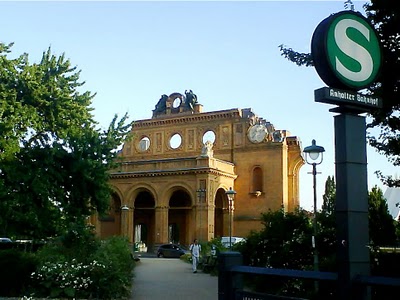It’s 1880 and you are in the biggest train station in continental Europe standing under an iron and glass roof of ten thousand square metres.
Your children come here, and theirs too. It’s such a busy place, with trains leaving every three to five minutes, all those 16 million yearly passengers. It is 1930 and a friend travelling from Italy is staying at the Excelsior Hotel, Europe’s largest, across the street. You can get there from the station by way of a tunnel. It’s a great place to relax before going South –you imagine him on the train to Dresden, Prague, Vienna, and then over the Alps. You would like to go too, maybe in a couple years. For now, you like walking through the cathedral space and seeing all those destinations, possibilities.
But you don’t go. Things get worse and your friend does not visit anymore. Your neighbours passed through this station and never returned, they were Jewish and you heard they ended up in a camp in Czechoslovakia. Since 1939, you are a regular on the new North-South S-Bahn. There is talk that Albert Speer would like to turn the station into a swimming pool, for his city Germania. A couple years later, this is not possible.
There are so many holes in the roof, the station is partly bombed out. You cannot take the train very far anymore. Now that the Allies are here, it’s not clear what will happen to a terminus for trains originating in the East and arriving in what they now call the West. You would think the real damage happened during the war, but no. Now, it is 1960 and someone wants the bricks. They take them.
You flew on your last trip South, to Sicily. The train station reminds you of the temples of Agrigento, nestled in overgrown green. Ten people now stand at the bus stop for the M41 bus. Behind what was once the world’s biggest station, there is a playing field, an outdoor concert space, and a few loiterers drinking beer on a park bench.
You look up at the ragged edge of the facade, and the sculptures representing day and night. They hold on to an empty space where the clock once stood.



